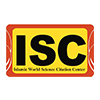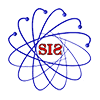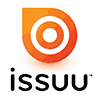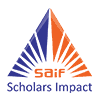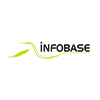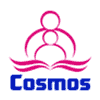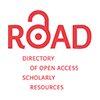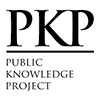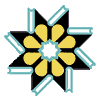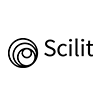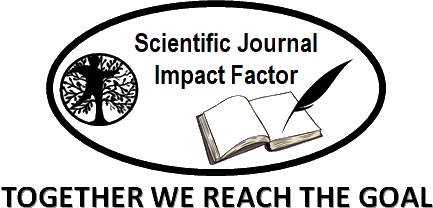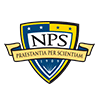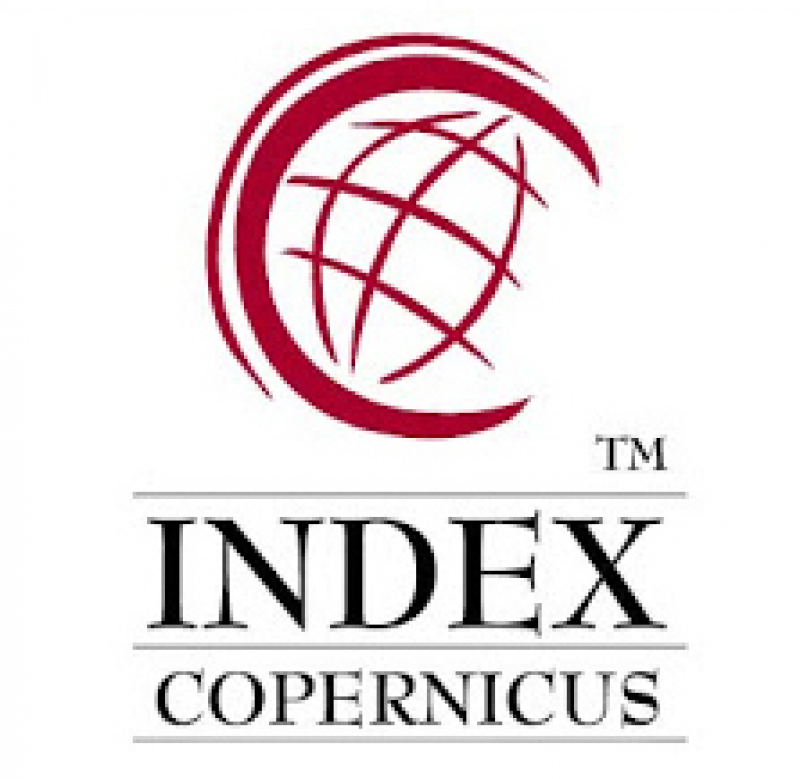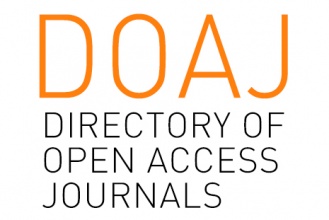Exploration of the Potential of Weeds as Medicinal Plants in Local Medicine Traditions
Abstract
Keywords
Full Text:
PDFReferences
Ergina, Nuryanti, S., & Pursitasari, I. D. (2014). Uji Kualitatif Senyawa Metabolit Sekunder Pada Daun Palado (Agave angustifolia) Yang Diekstraksi Dengan Pelarut Air dan Etanol. J. Akad. Kim, 3(3), 165–172.
Ervina, M. N., & Mulyono, Y. (2019). Etnobotani Meniran Hijau (Phyllanthus ninuri L) Sebagai Potensi Obat Kayap Ular (Herpes Zoster) dalam Tradisi Suku Dayak Ngaju. Jurnal Jejaring Matematika Dan Sains, 1(1), 30–38. https://doi.org/10.36873/jjms.v1i1.134
Khafid, A., Wiraputra, M. D., Putra, A. C., Khoirunnisa, N., Putri, A. A. K., Suedy, S. W. A., & Nurchayati, Y. (2023). UJi Kualitatif Metabolit Sekunder pada Beberapa Tanaman yang Berkhasiat sebagai Obat Tradisional. Buletin Anatomi Dan Fisiologi, 8(1), 61–70. https://doi.org/10.14710/baf.8.1.2023.61-70
LIPI. (1978). Tumbuhan Obat. LBN-LIPI.
Ningsi, S., Khairunnisa, & Ida, N. (2015). Uji Efek Gel Ekstrak Etanol Daun Tembelekan (Lantana camara Linn) terhadap Penyembuhan Luka Sayat pada Kelinci (Oryctolagus cuniculus). Jurnal Farmasi UIN Alauddin Makassar, 3(2), 48–53.
Nurdin, G. M., Aprisal, Amalia, N., & Wahid, M. (2021). Uji Aktivitas Antibakteri Ekstrak Daun Tembelekan (Lantana camara Linn) Terhadap Pertumbuhan Staphylococcus aureus dan Escherichia coli. Biocelebes, 15(2), 90–97. https://doi.org/110.22487/bioceb.v
Rahmawati, D. P., Azkiya, N. N., Lianah, & Eko, P. (2022). Kajian jenis-jenis gulma yang berpotensi sebagai obat herbal bagi masyarakat. BIOMA: Jurnal Biologi Dan Pembelajarannya, 4(2), 1–11. https://ojs.unsulbar.ac.id/index.php/bioma/article/view/1695
Yowa, M. K., Boro, T. L., & Danong, M. T. (2019). Inventarisasi Jenis-Jenis Tumbuhan Berkhasiat Obat Tradisional Di Desa Umbu Langang Kecamatan Umbu Ratu Nggay Barat Kabupaten Sumba Tengah. Jurnal Biotropikal Sains, 16(1), 1–13.
Zuhud, E., & Hidayat, M. (2009). Potensi Hutan Tropika Indonesia sebagai Penyangga Bahan Obat Alam untuk Kesehatan Bangsa. Jakarta.
DOI: http://dx.doi.org/10.18415/ijmmu.v11i12.6417
Refbacks
- There are currently no refbacks.
Copyright (c) 2024 International Journal of Multicultural and Multireligious Understanding

This work is licensed under a Creative Commons Attribution-NonCommercial-NoDerivatives 4.0 International License.
https://ijmmu.com
editor@ijmmu.com
facebook.com/ijmmu
Copyright © 2014-2018 IJMMU. All rights reserved.







